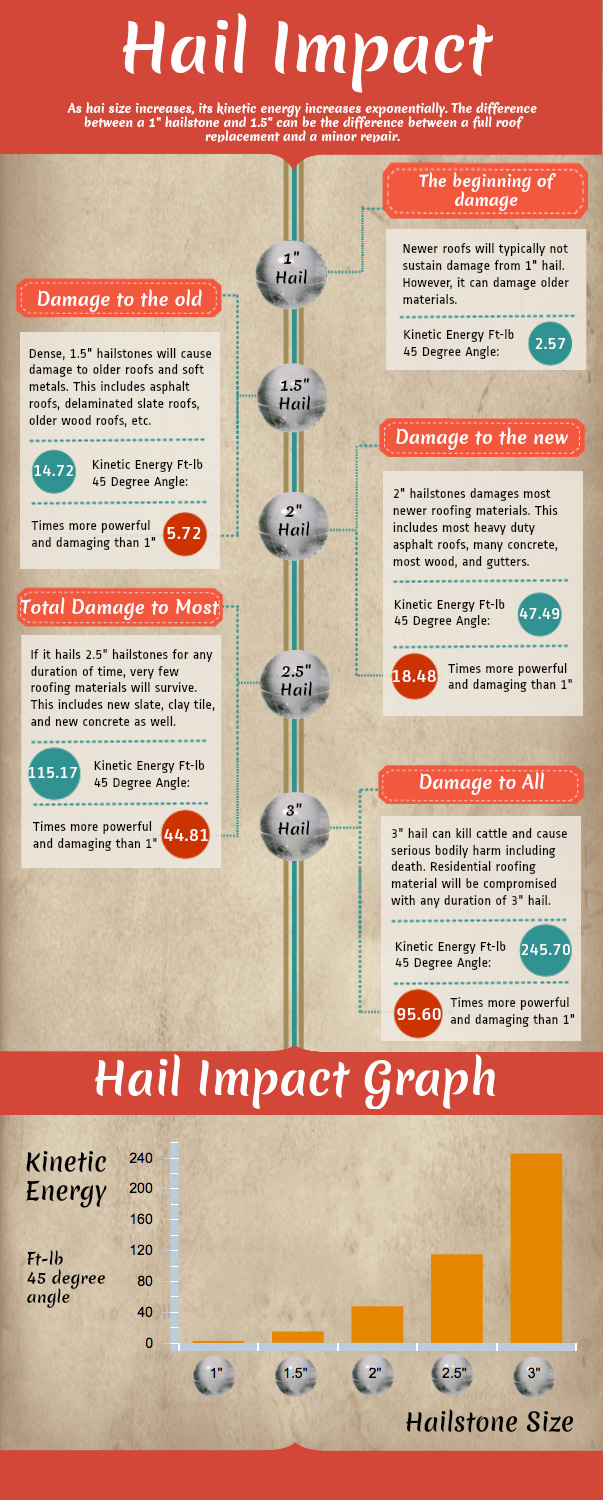The Contribution Of Roof Covering Ventilation To A Successful Installation Refine
The Contribution Of Roof Covering Ventilation To A Successful Installation Refine
Blog Article
hardie plank siding contractors near me By-Kehoe Manning
When you're taking on a roofing task, you may not assume much concerning roofing ventilation, yet it's more vital than you recognize. Effective ventilation aids control temperature and moisture in your attic, protecting against troubles like mold and mildew and architectural damages. By comprehending just how to make and install a well balanced ventilation system, you can enhance power effectiveness and extend the life-span of your roofing materials. So, what are the essential factors to take into consideration during installment that can make all the distinction?
Relevance of Roofing System Ventilation
Roofing ventilation plays an essential role in preserving the general health of your home. By permitting fresh air to distribute via your attic room, it assists regulate temperature and dampness degrees. This equilibrium is essential to stop warm build-up throughout warm months, which can bring about increased power expenses as your air conditioning burns the midnight oil.
Additionally, correct ventilation significantly decreases the threat of moisture-related problems like mold and mildew and mildew. If moisture levels rise, your home's architectural integrity can be endangered, causing pricey repairs. You wouldn't wish to handle deteriorating timber or distorted roof materials, right?
Additionally, adequate ventilation prolongs the life expectancy of your roofing system. When mouse click the up coming internet site and dampness are kept in check, your roofing can perform ideally, stopping early wear and tear. This means fewer frustrations and costs down the line.
Just How Roofing Ventilation Functions
Efficient roofing air flow depends on the natural motion of air to produce an equilibrium between intake and exhaust. When you mount vents, you're essentially permitting fresh air to enter your attic while making it possible for hot, stagnant air to get away. This process aids manage temperature and wetness degrees, protecting against problems like mold and mildew growth and roof covering damage.
Intake vents, normally discovered at the eaves, draw in cool air from outside. At the same time, exhaust vents, located near the ridge of the roof covering, let hot air increase and departure. The distinction in temperature develops a natural airflow, referred to as the pile result. As warm air rises, it develops a vacuum cleaner that pulls in cooler air from the reduced vents.
To maximize this system, you need to ensure that the intake and exhaust vents are correctly sized and positioned. If the intake is limited, you won't achieve the wanted ventilation.
Also, inadequate exhaust can catch warmth and dampness, resulting in potential damages.
Trick Installation Considerations
When setting up roof ventilation, a number of key considerations can make or break your system's efficiency. Initially, you need to analyze your roof's layout. The pitch, shape, and products all affect air movement and ventilation option. Make certain to pick vents that suit your roof covering kind and local environment problems.
Next, think about the placement of your vents. Ideally, you'll want a balanced system with intake and exhaust vents positioned for optimum airflow. Location intake vents short on the roofing system and exhaust vents near the peak to urge an all-natural flow of air. related web-site helps avoid moisture buildup and advertises energy efficiency.
Do not forget about insulation. Correct insulation in your attic prevents warmth from leaving and maintains your home comfy. Ensure that insulation doesn't obstruct your vents, as this can hinder air movement.
Lastly, consider maintenance. Select air flow systems that are easy to gain access to for cleansing and examination. Normal maintenance ensures your system continues to operate effectively with time.
Verdict
In conclusion, roof air flow is important for an effective installation. By making certain appropriate air flow, you can avoid heat accumulation and wetness issues that bring about costly damage. When you tactically placement consumption and exhaust vents, you improve energy performance and lengthen the life-span of your roof covering. Keep in mind, a well-ventilated roof not only safeguards your financial investment but also enhances your indoor air quality. So, prioritize air flow to guarantee a resilient and affordable roofing system for your home.
